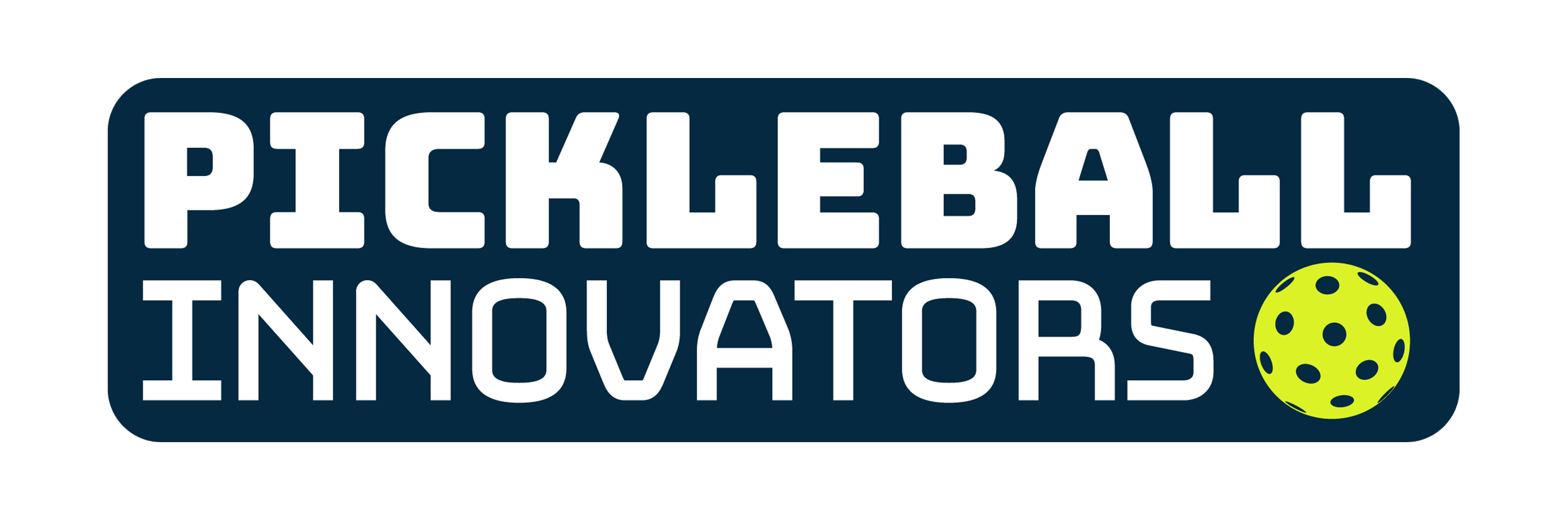Everything to know about adding padel to a pickleball facility, from why the sport is trending to operating details and tips.
The world of racket sports is evolving, and the intersection of pickleball and padel presents an exciting opportunity for pickleball facilities. We all know that pickleball has exploded in popularity, but while it dominates headlines in the U.S., another sport is quietly making waves: padel. As the sport grows in the U.S., it presents a golden opportunity for pickleball facilities to expand their offerings, attract new players and maximize revenue.
The Rise of Padel: A Global Perspective
Padel is one of the fastest-growing sports in the world, particularly in Europe and Latin America. Originating in Mexico in the late 1960s, the sport took off in Spain, where today it boasts over six million players and is the second most popular sport after soccer. Argentina, Italy and the Nordic countries have also seen explosive growth, with thousands of courts built over the last decade. The international professional padel circuit, backed by organizations like the World Padel Tour and Premier Padel, continues to elevate the sport’s visibility and appeal.
In the U.S., padel has long been a niche sport, but that is rapidly changing. Investors, celebrities and sports enthusiasts alike are recognizing its potential. New padel facilities are popping up across the country, and major cities are seeing increased demand for courts, with over 300 courts now installed at 80+ venues. The growth trajectory suggests that padel could soon mirror pickleball’s rise, making now the perfect time for pickleball facilities to capitalize on the trend.
What is Padel, and How is it Different from Pickleball?
Padel is similar to platform tennis and is a hybrid of tennis and squash. And like platform tennis, players hit shots off the walls. It’s played on an enclosed court roughly one-third the size of a tennis court, is doubles-based and incorporates the walls into play, allowing for dynamic, fast-paced play. It follows the same scoring as tennis.
The sport uses a solid, perforated racket and a slightly depressurized tennis ball. Unlike pickleball, which is played on an open court with a solid paddle and plastic ball, padel’s enclosed walls and glass panels add a unique strategic element, making the game highly engaging and social.
Some key differences between the two sports include:
- Court Design: Padel courts are enclosed with glass walls, while pickleball courts are open with a no-volley zone (the “kitchen”).
- Equipment: Padel uses a stringless, perforated racket and a modified tennis ball, whereas pickleball features a hard paddle and a perforated plastic ball.
- Games: Padel is played in doubles only and allows for ball rebounds off the walls, similar to squash. Pickleball can be played as singles, but it is primarily a doubles game, focusing on fast-paced volley exchanges.
Despite these differences, both sports share an accessible, community-driven appeal, making them highly complementary offerings within the same facility. And for facilities looking for younger members, padel presents a complimentary sport to your pickleball or tennis offering.
Why Pickleball Facilities Should Be Paying Attention to Padel
For pickleball facility owners, the rise of padel presents a strategic opportunity. Here’s why:
- Market Expansion: By incorporating padel, facilities can attract a broader audience, including tennis players, squash players and fitness enthusiasts looking for a new challenge.
- Increased Revenue Streams: Offering padel enables facilities to diversify their programming, host tournaments and generate income from court rentals, memberships and lessons.
- Member Retention: Players love variety. Adding padel to your facility keeps members engaged, reducing churn and increasing overall facility participation.
- Growing Trend: With padel’s rising popularity, early adopters will have a competitive advantage as demand continues to grow.
Padel Court Cost Breakdown
The cost of building a padel court typically falls between $50,000 and $100,000, depending on factors like materials, location and optional features such as seating, landscaping and lighting. Ground preparation often accounts for about half of the total cost. However, expenses can be significantly reduced if the court is built on an existing solid surface, such as an unused tennis court or parking lot.
The Benefits of Having Both Pickleball and Padel in the Same Space
Pickleball and padel complement each other well, creating a dynamic and profitable sports ecosystem within a facility. Some key benefits of integrating both include:
- Maximizing Space Utilization: Padel courts take up relatively little space and can often fit where a few tennis courts once stood. Combining padel with pickleball creates a hub for racket sports lovers.
- Attracting Cross-Over Players: Many pickleball players enjoy learning new skills, and padel provides a fresh challenge while still being easy to pick up.
- Enhancing Facility Culture: A multi-sport approach fosters a lively, social atmosphere, drawing in families, corporate groups and younger demographics.
- Expanded Tournament & Event Opportunities: Facilities can host multi-sport tournaments, leagues, social nights and team-building events, boosting member engagement and profitability.
U.S. Pickleball Facilities Adding Padel
Dozens of pickleball facilities in the U.S. are recognizing the potential of padel and integrating it into their offerings. Here are some notable examples:
- Club Pickle & Padel Project, Park District of Highland Park, IL – 10 pickleball and four padel courts.
- Pickle N Pins, Metairie, LA – 5 pickleball and 2 padel courts.
- The Heights Racquet & Social Club, Mendota Heights, MN – Six pickleball and three padel courts.
- The Replay Club, Palm Beach, FL — 10 padel courts and seven pickleball courts.
Case Study: Sundridge Park, UK
Data on usage and profitability for U.S. pickleball facilities incorporating padel is still limited, but here’s a UK example: Initially, this club installed two floodlit padel courts, which proved highly successful, leading to the addition of a third court. Over two years, the club experienced a 40% increase in membership, extensive pay-and-play offerings, and enhanced community engagement, including programs with local organizations. The courts reached full capacity, broadening the club’s demographic and enhancing both its sporting and social elements.
Tips and Best Practices for Offering Padel and Attracting Customers
If you’re a pickleball facility owner considering adding padel, here are some key strategies to ensure success:
1. Start with a Feasibility Study
Before making any investments, assess demand in your area. Research existing padel facilities, survey your members, and analyze potential ROI based on court utilization rates and membership pricing.
2. Design an Efficient Layout
If space is limited, consider converting underutilized tennis courts or optimizing existing facilities. Work with padel court experts to ensure optimal placement and access to high-quality construction materials.
3. Offer Introductory Clinics and Demos
Since padel is still new to many players, hosting free intro clinics, open houses, or “try-before-you-buy” sessions can drive initial interest. Providing rental rackets and structured beginner classes will help players transition smoothly.
4. Leverage Pickleball’s Existing Community
Market padel to your existing pickleball player base by emphasizing the similarities and benefits. Highlight how padel can improve reflexes, footwork and strategic play, enhancing their overall racket skills.
5. Create Membership Bundles and Pricing Options
Encourage adoption by offering combo memberships that include access to both pickleball and padel courts. Pricing should reflect the premium experience padel offers while remaining accessible.
6. Build a Competitive and Social Scene
Tournaments, leagues and social events are the lifeblood of successful clubs. Organizing padel-specific competitions, mix-and-match partner nights, or charity events can boost excitement and retention.
Pickleball facilities have a unique opportunity to ride the wave of padel’s growth, diversifying their offerings and creating vibrant, multi-sport communities.
Chris Klein
Connect with Chris: www.pickleballpadel.com | chris@pickleballpadel.com








